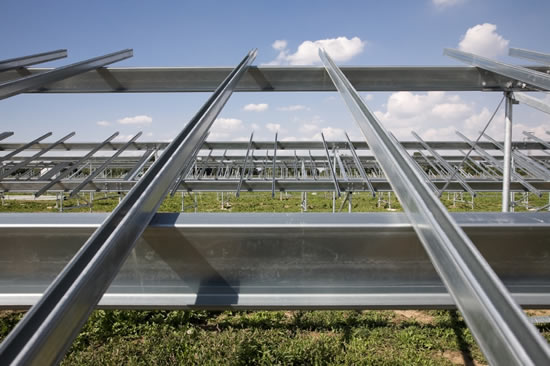Solar Photovoltaic in Vietnam: Regulatory, policy and market updates
In this update, Legalserco would like to introduce an article of Brian Publicover from Solarplaza (Netherlands) on the topic.
Full original link of the article: https://www.pvtrademissionvietnam.com/news-1/2017/11/9/questions-linger-despite-vietnams-pv-potential
QUESTIONS LINGER DESPITE VIETNAM’S PV POTENTIAL
by Brian Publicover, Solarplaza
Vietnam shines as an exciting yet untapped opportunity for solar developers, IPPs, EPC service providers, equipment suppliers and consultants. The local resource is formidable, with SolarGIS data showing that solar irradiation levels in the country’s southeastern provinces are among the best in South and Southeast Asia. One narrow band along the coast of Binh Thuan and Ninh Thuan provinces, for example, offers conditions comparable with the northern coasts of Java and Luzon, as well as much of central India, for example.
However, barely any solar has been connected to the Vietnamese grid thus far, despite government projections of 11% annual growth in power demand through the end of the decade. That said, numerous prospective developers have announced new projects over the past year. A recent Solarplaza white paper on Vietnam estimated the current PV development pipeline at roughly 8.8 GW nationwide. And Thomas Jakobsen, managing director of renewable energy for Saigon Asset Management, believes that the volume of planned capacity could be considerably higher, at 18 - 19 GW. But while foreign solar financiers are already circling in on the Southeast Asian country, nobody has yet to truly take the plunge.
“The reason people are looking at Vietnam is that the legal framework has come out,” says Jakobsen, explaining that the fundamentals are now in place to potentially facilitate PV deployment. “But the legal framework doesn’t make it an overnight attractive market.”
Interest in Vietnamese PV exploded with the government’s recent release of the PPA template. Developers have already secured investment licenses to build roughly 3 GW, according to Jakobsen. But thus far, the authorities have only promised to accept 1 GW of new solar capacity, he says.
And while the PPA has provided a basis for PV development, prospective foreign investors continue to grapple with lingering questions about bankability and risk. So it remains unclear which developers will manage to complete their planned projects, to say nothing of how much capacity might actually be built by the end of the decade.
“The PPAs are very difficult to work with, it is not clear that all power that will be produced will be taken.”
Jakobsen describes the new framework as “quite adequate for foreign investment.” However, he also points to issues that investors are raising about PPAs. Beyond concerns about bankability — and the inability to settle disputes via offshore arbitration — one of the chief concerns for investors is the lack of a “take or pay” clause. State-owned utility Electricity Corporation of Vietnam (EVN) can virtually walk away from its power procurement obligations as it pleases, with low penalties for doing so. And it is unlikely that such issues will be resolved before the current framework expires in June 2019.
“The PPAs are very difficult to work with,” acknowledges Jakobsen. “it is not clear that all power that will be produced will be taken.”
Foreign consultants, EPC firms and equipment suppliers have already started flooding into Vietnam, but Saigon Asset Management sees less activity from foreign investors. “When it comes to foreign investors, there is more hesitation at the moment,” Jakobsen says, explaining that many parties are still evaluating opportunities on the ground.

Prospective solar investors have many reasons to be cautious, if the slow development of Vietnam’s wind power sector over the past decade is any indication. Jakobsen notes how roughly a decade ago, between 6 and 7 GW of wind projects had been granted investment licenses, but PPAs were only negotiated for about 400 MW of the total. By the end of 2016, Vietnam’s cumulative wind installations stood at just 159 MW, according to the International Renewable Energy Agency (IRENA).
The Vietnamese government has sent mixed messages about the amount of solar it will allow to be built by the end of the decade. Jakobsen notes how some government officials have described the 1 GW by 2020 target as a flexible “guideline,” while others have characterized it as a “hard” cap.
“But by the logic of the numbers, it’s unlikely that all projects will move forward,” he says, emphasizing the need for foreign investors to keep expectations in check. “Take your time, do your homework properly and work with someone on the ground.”

